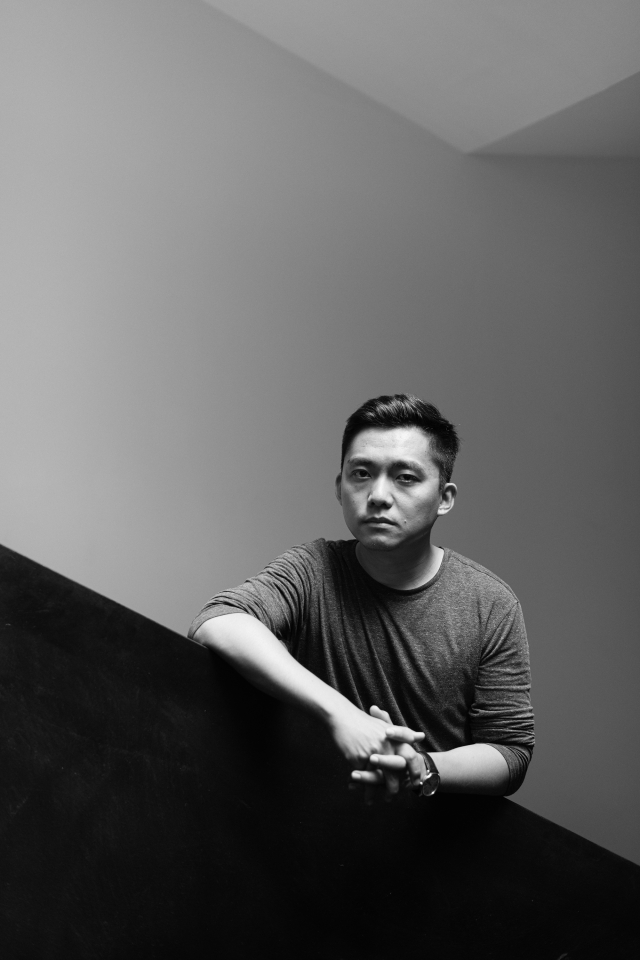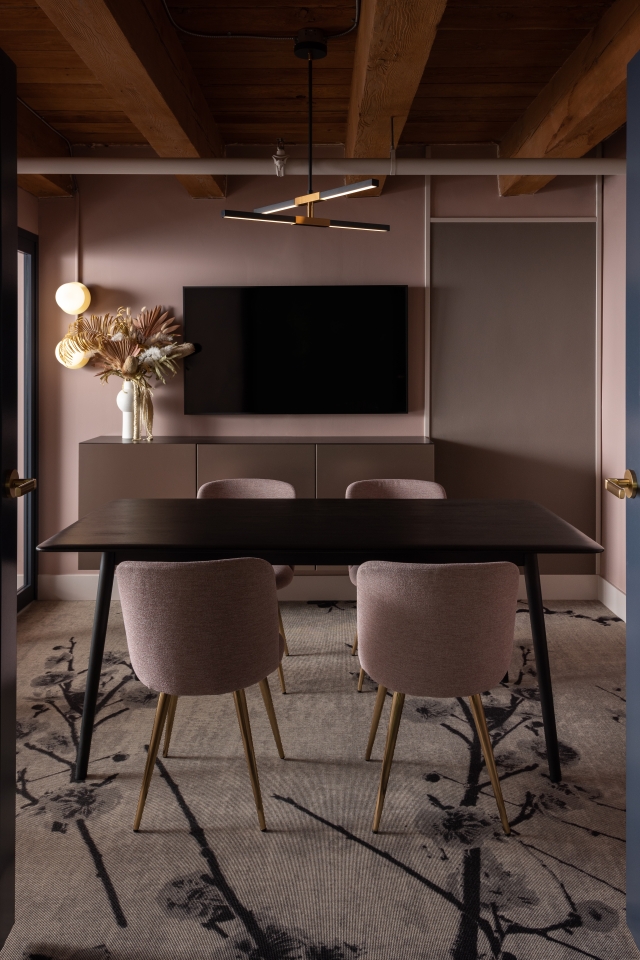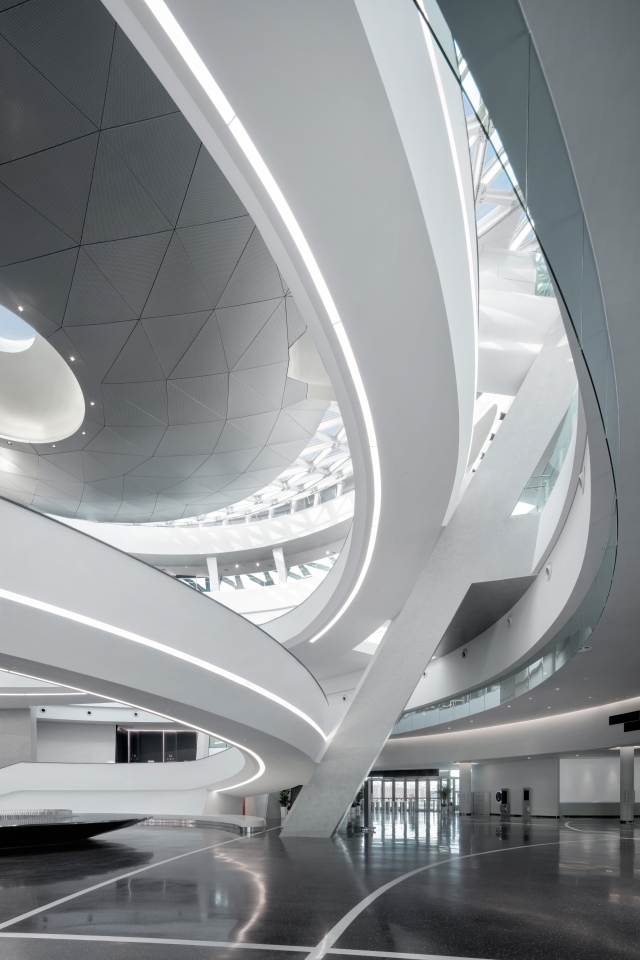Design should offer solutions and this was the premise which Design Republic was founded. The founders opine that apart from solving the primary needs of space and creating aesthetic designs, they focus on creating environments where people feel comfortable. They believe in designing spaces and furniture that support and enhance human behaviour and actions in daily life. In this exclusive dialogue, they tell us more.
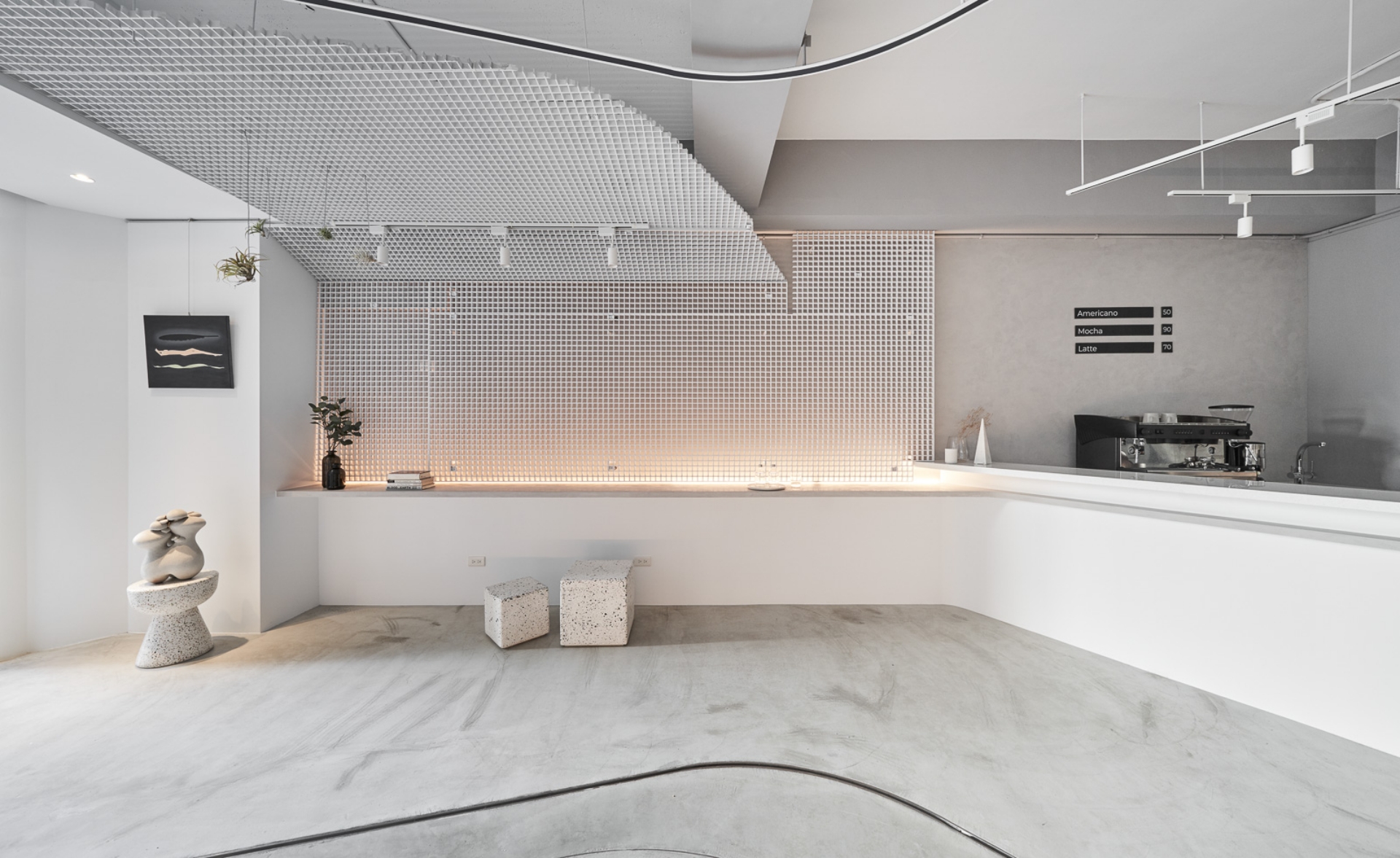
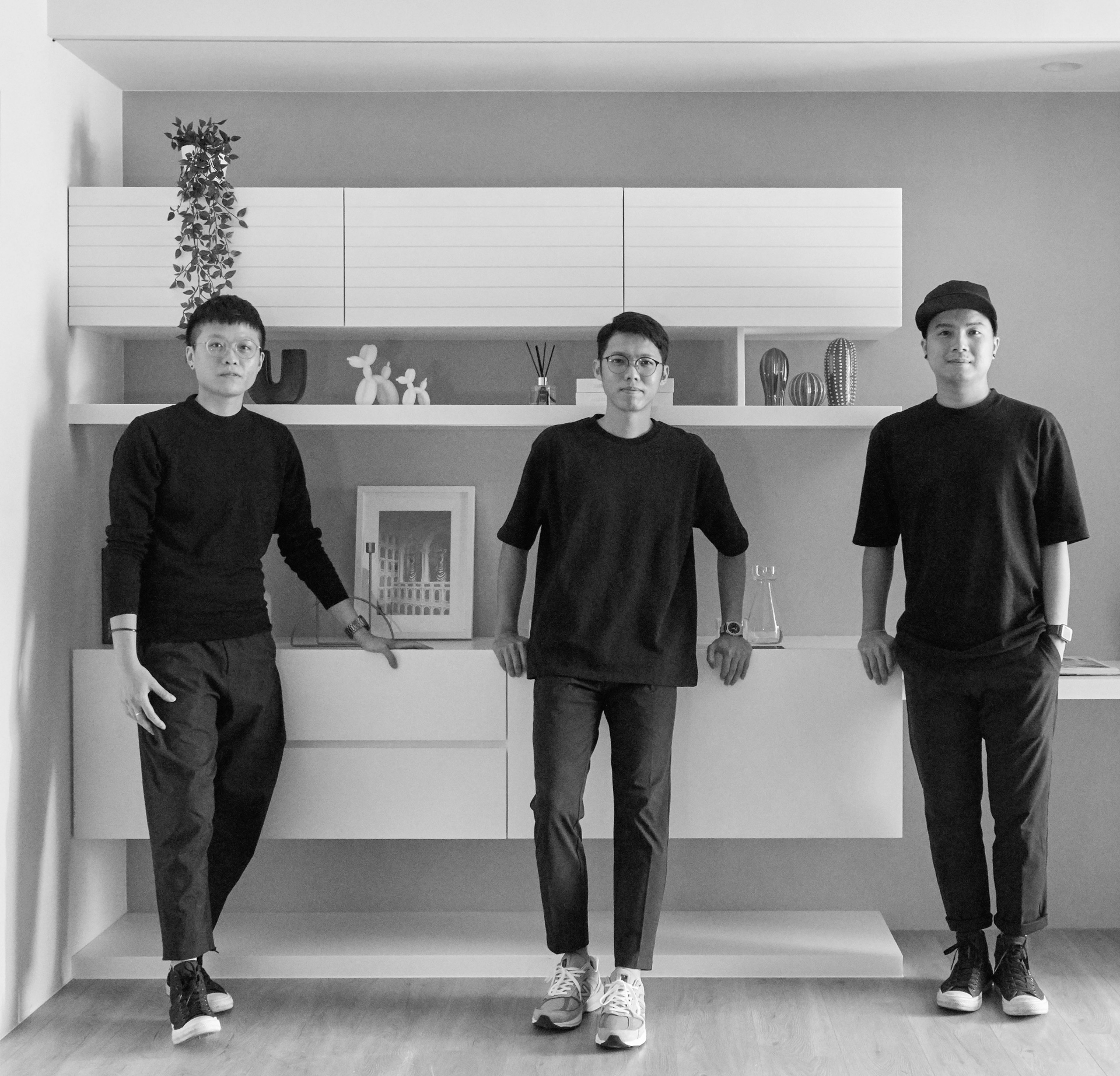
Can you tell us the journey of Republic Design’s conception? Who are the core members of your team?
Republic Design has been established for three years now and was co-founded by three friends, namely Dong, Joanne, and Chris. All three founders come from different regions and backgrounds. Dong and Joanne are from Taiwan, and Chris is from Malaysia, therefore, for the direction of Republic Design, we hope to gradually move towards a more international and diverse direction. Although the three founders grew up with different backgrounds, their preferences and ideas for design are similar, so fate brought them on this journey together. Dong and Joanne were college classmates, while Dong and Chris were former colleagues. After working together for a period of time, the three have a certain consensus and resonance both in work mode and design philosophy, thus creating today's Republic Design. The brand stands for the pursuit of perfection and the presentation of a more diverse, professional, and cross-disciplinary vision.
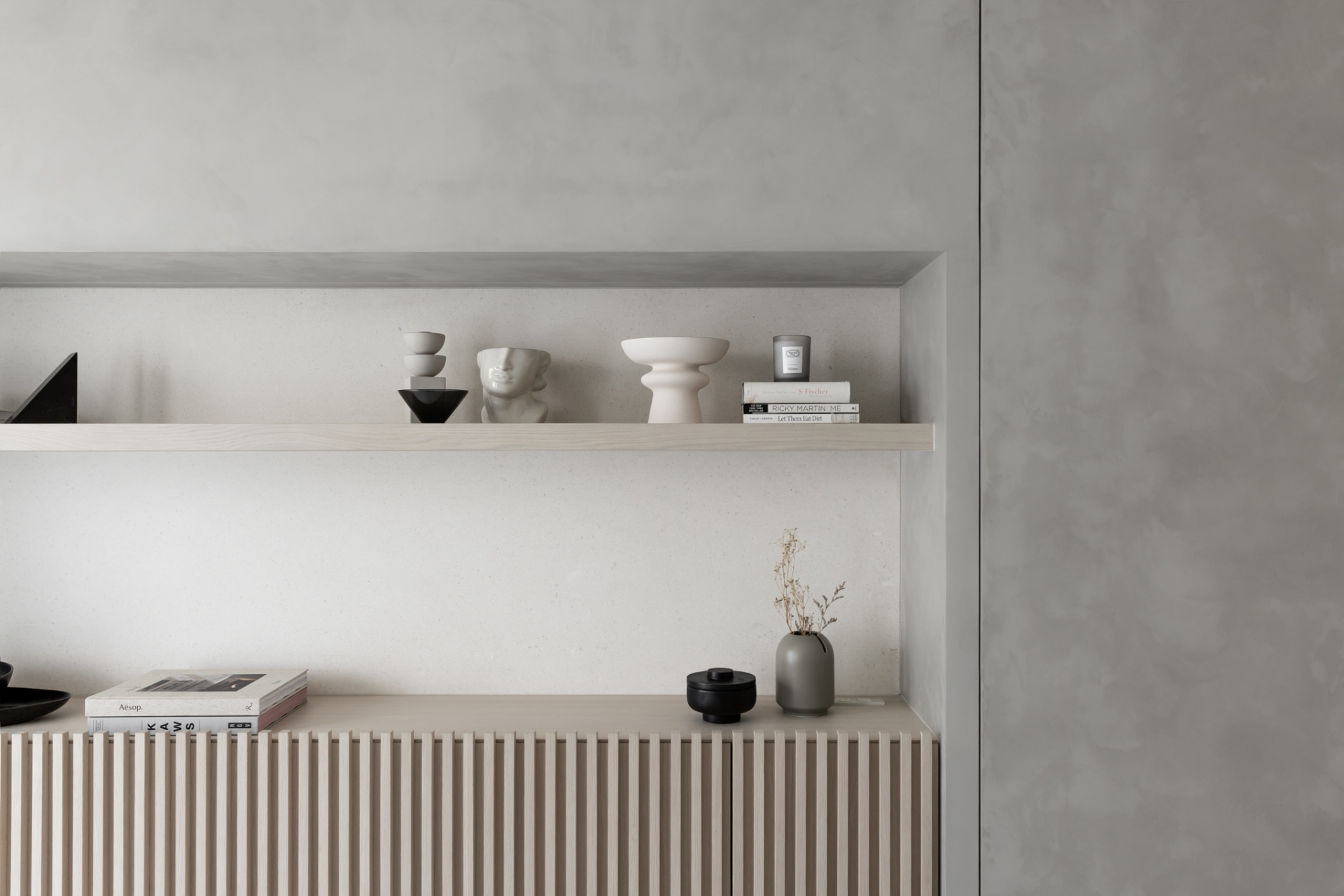
Design emphasises the combination of function and aesthetics. When you approach a project, how does the creative process from conception to execution progress? Where do you get your inspiration from?
The interior design industry is basically more service than personal expression, so the most fundamental concept usually comes from the owner himself. We try to observe from human life and find some phenomena of spatial combinations. Or some unnoticed ways of getting along in life, from which you can find a creative design vocabulary, and perhaps different story expressions. On the other hand, interior design mostly depends on the creation within an established architectural framework. Through the building itself, we try to deconstruct and integrate into the owner's life imagination. When life (function) and space (aesthetics) have a logical context, it will produce a harmonious design that is not "over-designed".
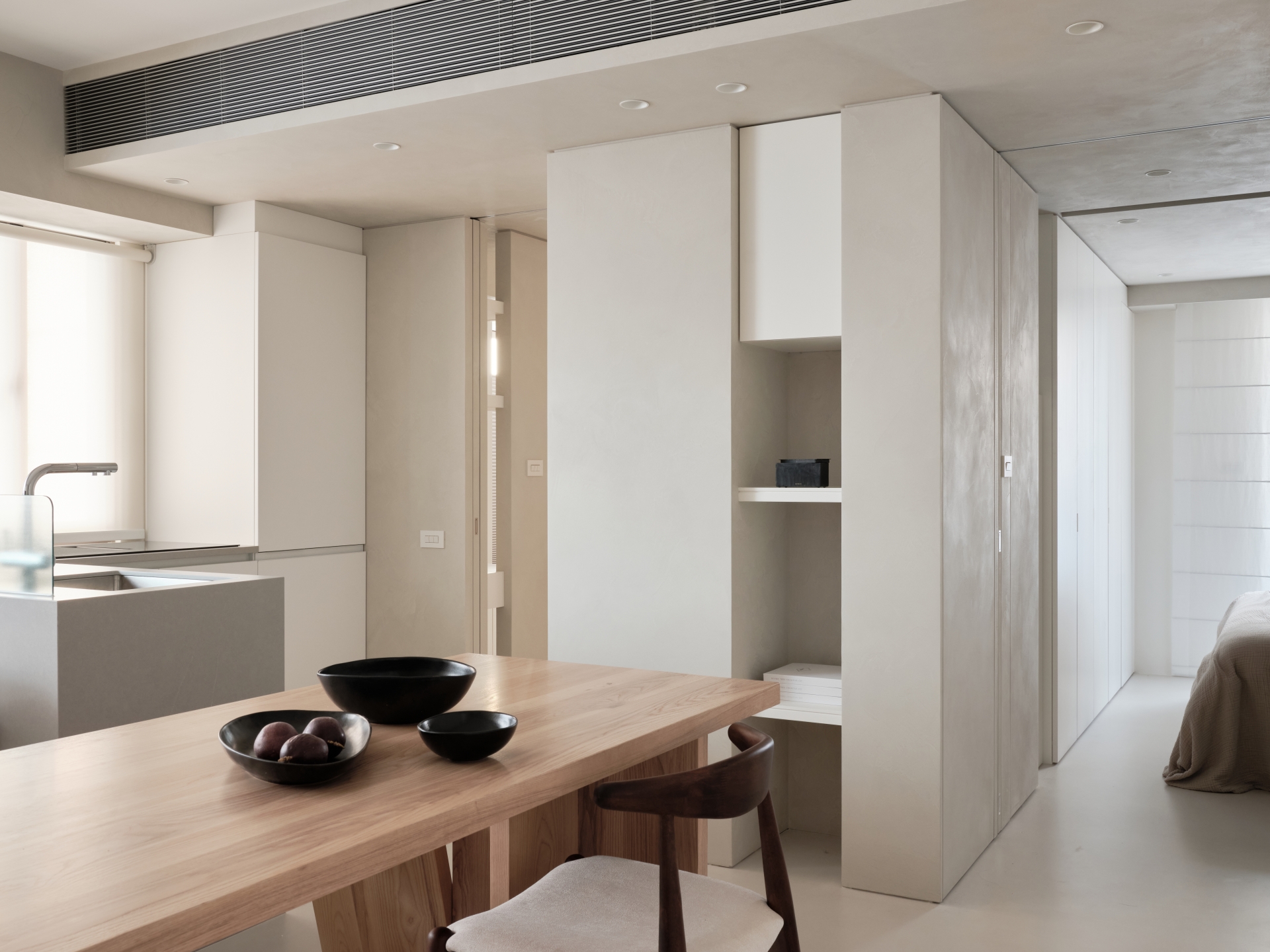
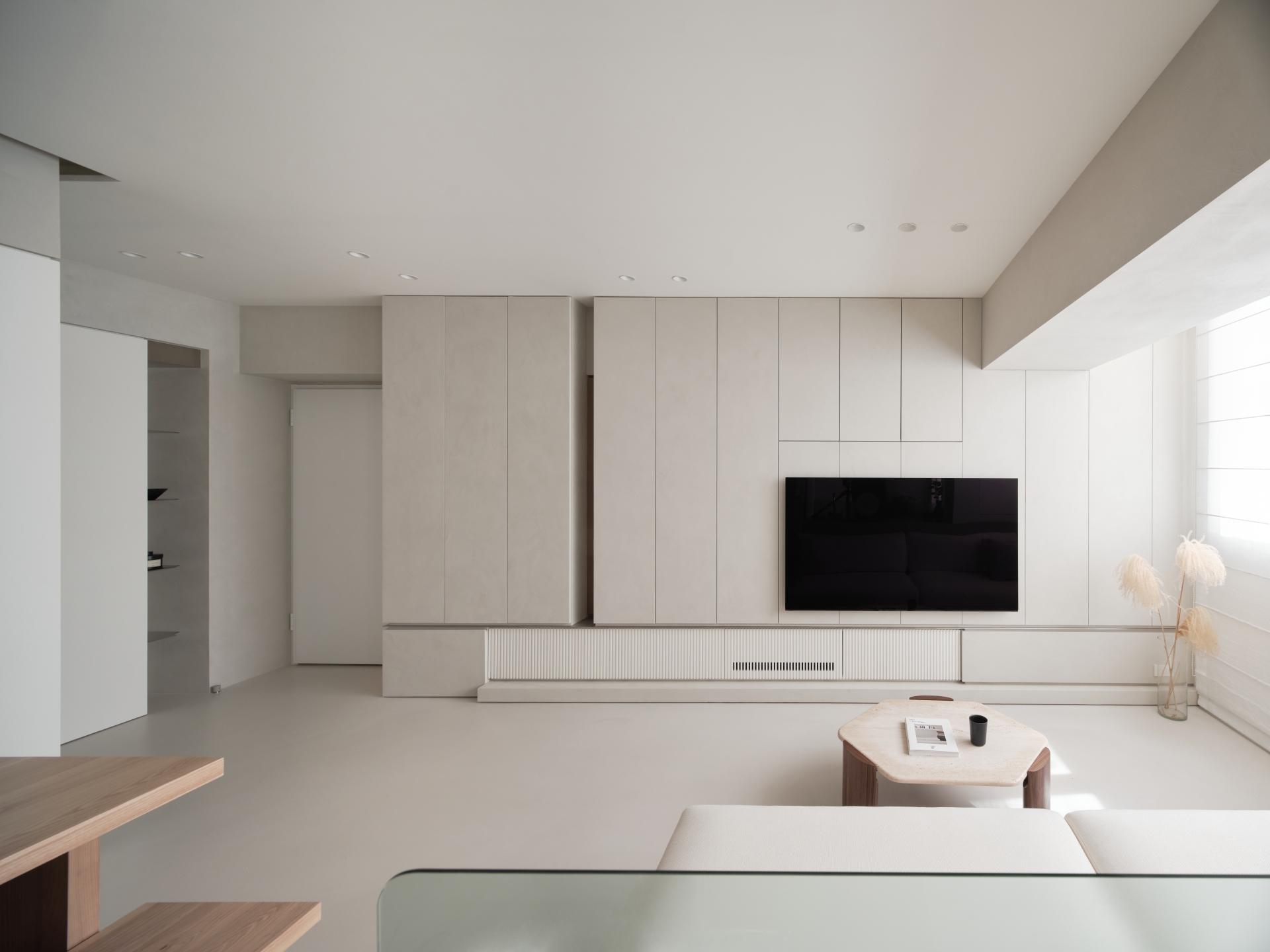
To the audience who are not familiar with Republic Design, how would you describe your creative principles and style?
We do not define ourselves in any style. If we must classify it, we would call our sensibility modern simplicity. We try to learn the good side of the elements that each era produces. For example, the owners we met today like a classical approach, therefore, we will take time to study the classical vocabulary and proportions, and then integrate them into the space we want to express. When the context comes out and the space has a story, the owner will also agree with our design creation. With regards to the owner's preference, we will try to absorb, filter and provide the most suitable parts, while avoiding too much design stacking as much as possible.
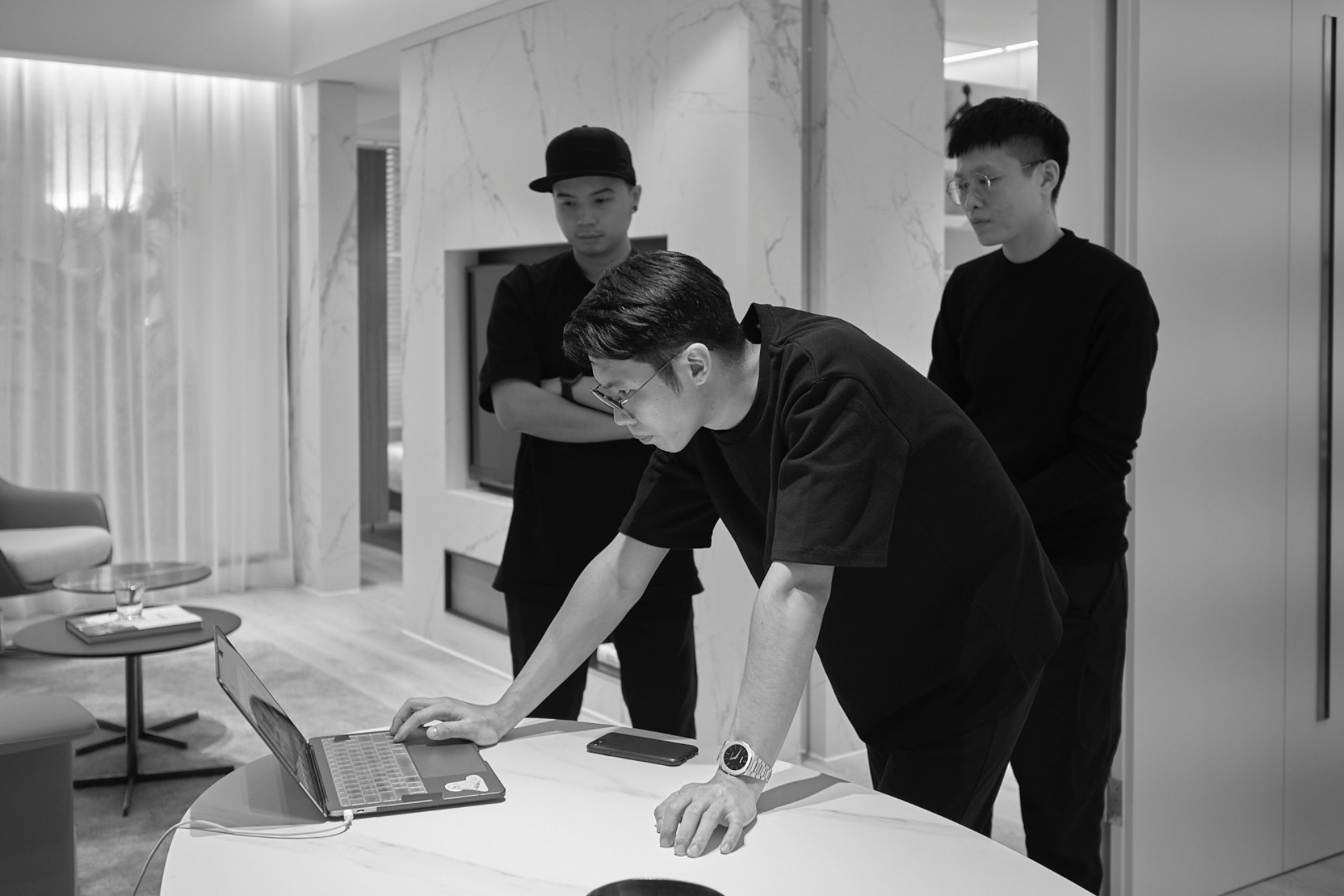
Which creative elements are the key to creating a spatial design that can tell a story and has soul and warmth?
The biggest key to space is life, so we try to create a space that is in line with the owner himself. Through the deconstruction of the occupants and the building itself, we try to create the appearance and tone that the space should have. With the support of these creative elements, the design vocabulary and elements that appear in the space all come from the veins extended by the occupants and the building itself. We also believe that warmth comes not only from material performance, but also comes from the personal taste and living habits of the occupants.

What are your favourite creative materials to use? How do they advance the aesthetic atmosphere you have conceived?
We usually look for suitable materials based on the personality of the case. But usually the most common additions in the design stage are iron parts. The main reason is that the details of the iron pieces will enhance the space texture and atmosphere to another level, and the iron pieces can be customised with greater flexibility. The second is veneer - the natural wood grain provides a breath of life. Good-looking wood grains must be carefully selected. We will study some wood species and dyeing treatment methods for individual cases. With iron or stainless steel and hand-made paint, the spatial level will become richer and warmer.
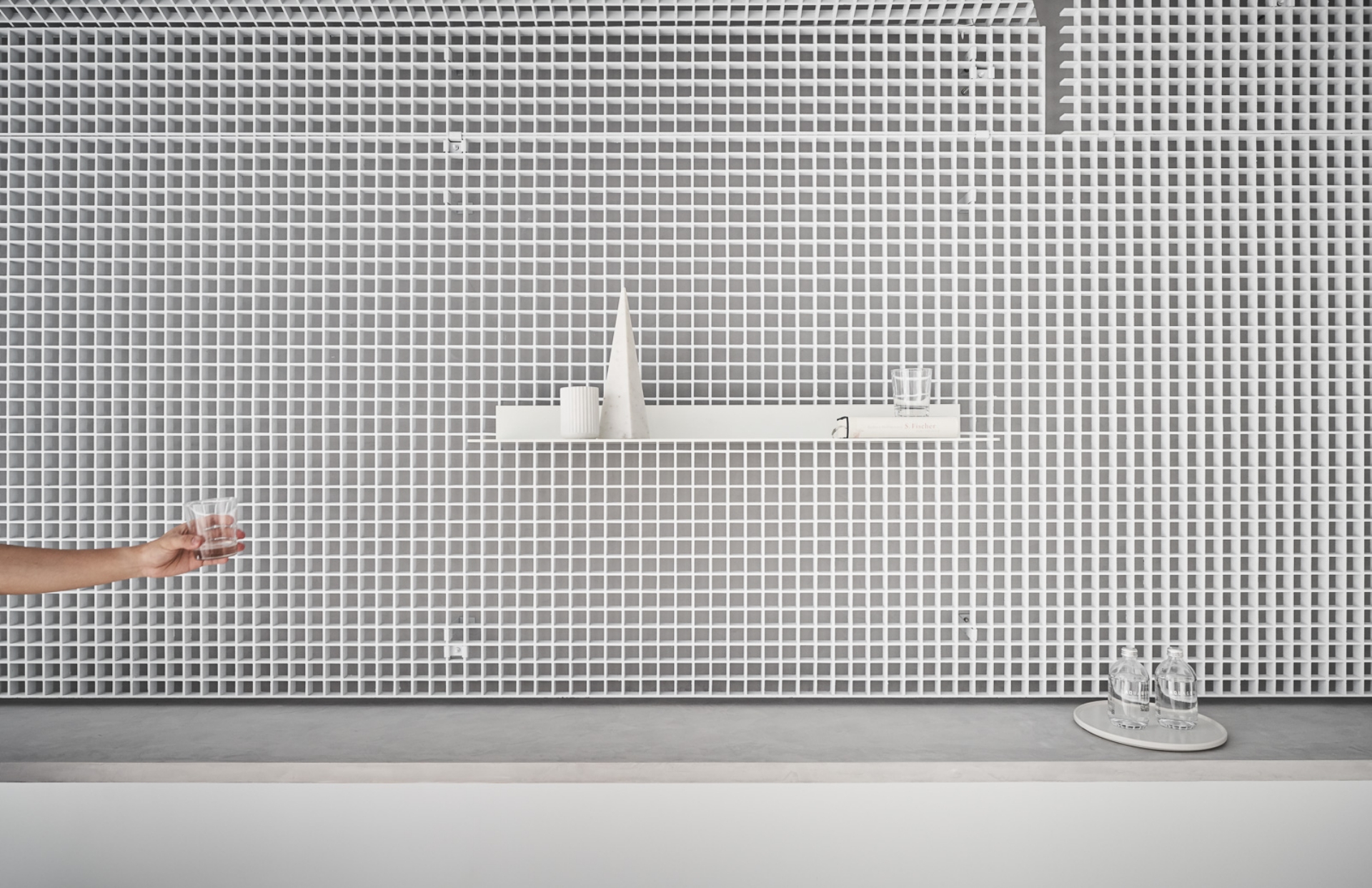
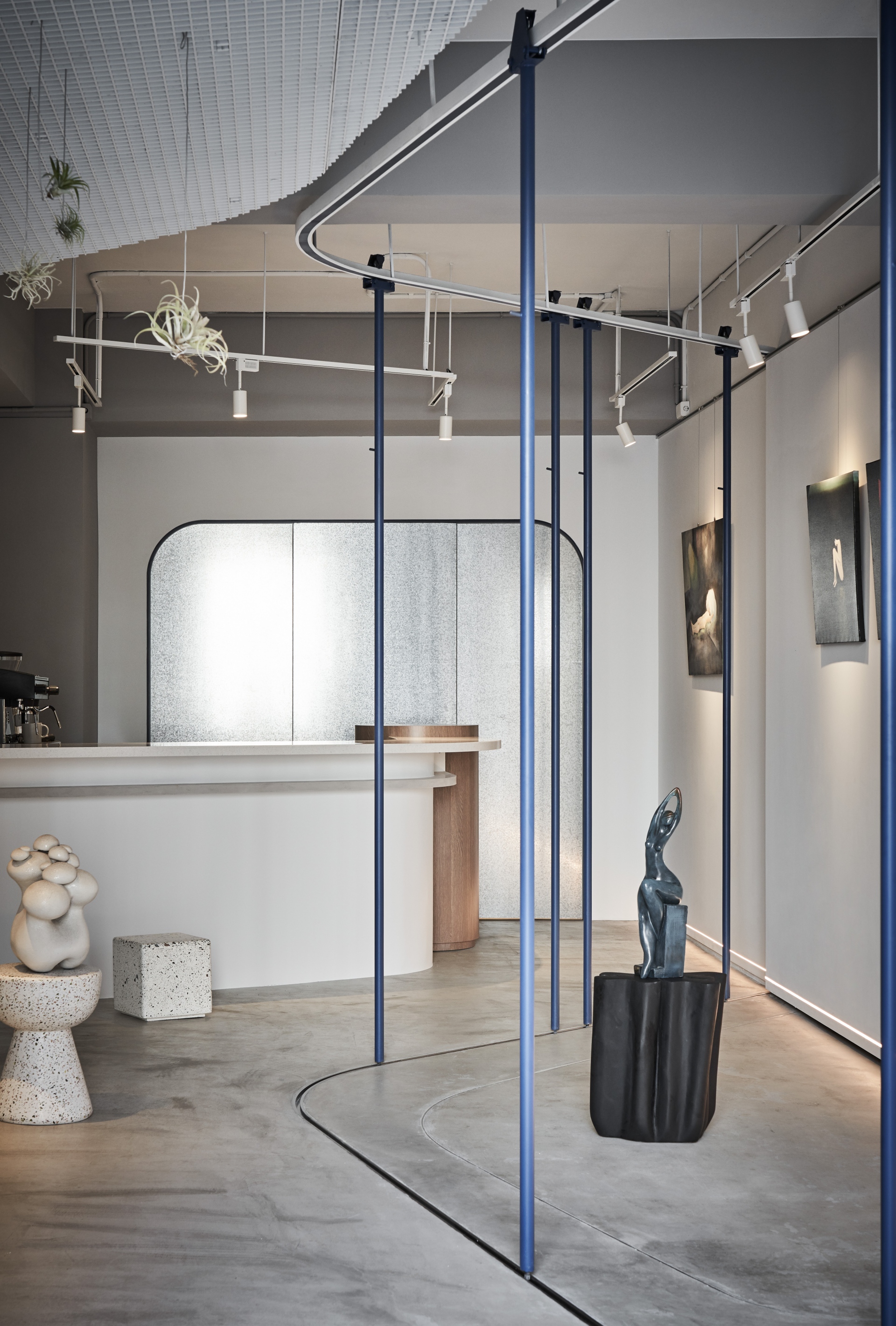
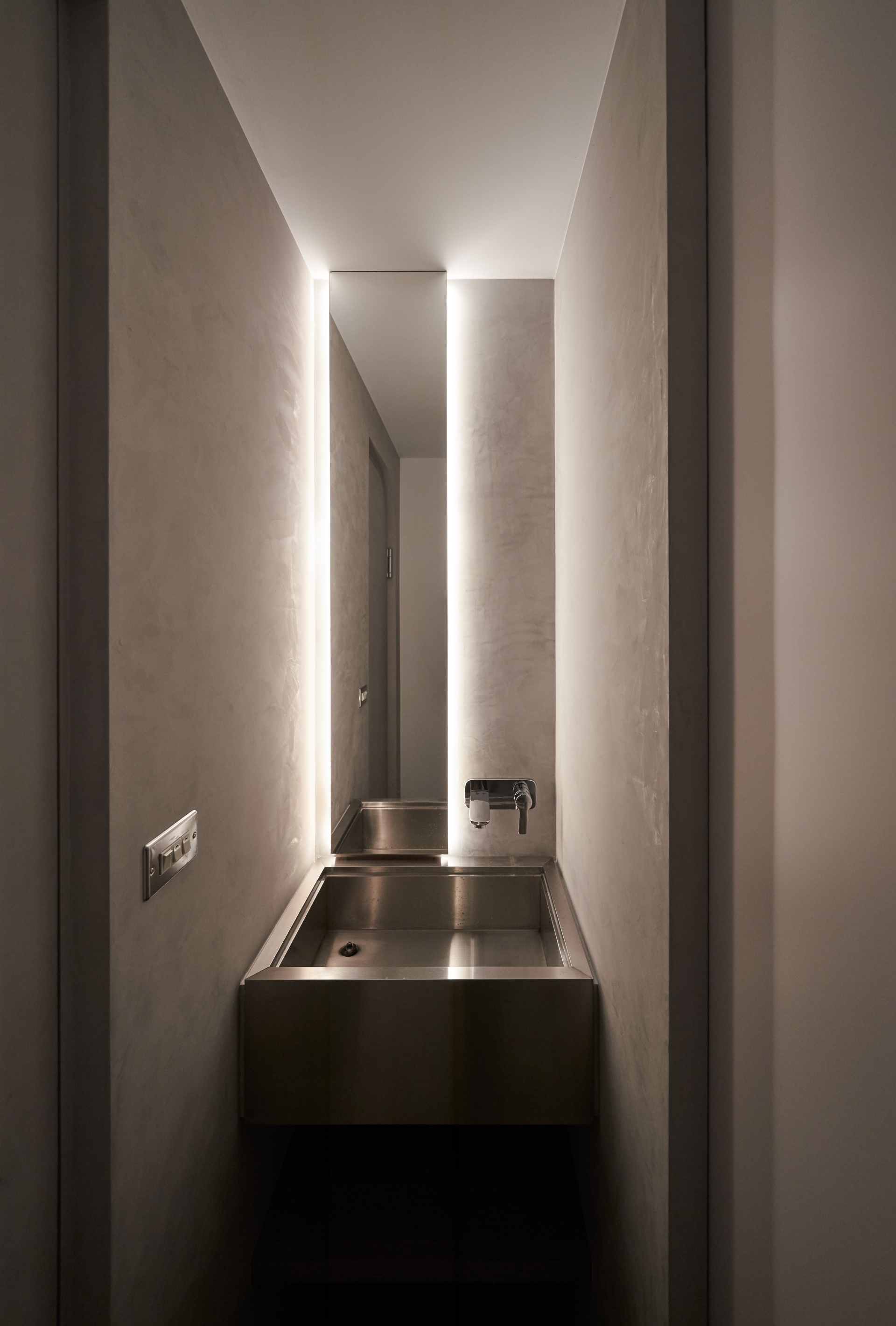
Which project(s) do you see as a milestone for your company?
If you want to talk about the turning point, our projects which have attracted the most attention are Kuan-Yan Gallery and Haiyes Model House. Because both works were launched in the same period, after they were published by many international design media (ie: Frame, Leibal, Archdaily, etc), they began to ferment and become a talking point in Taiwan. What made us happiest was achieving fourth place in the Frame Award 2021 Emerging Designer category, and becoming a finalist for Archdaily’s Building of the Year 2020 & 2022. Later, Haiyes Model House also won Gold in Taiwan’s Interior New Talent Award, which made more people aware of Republic Design.
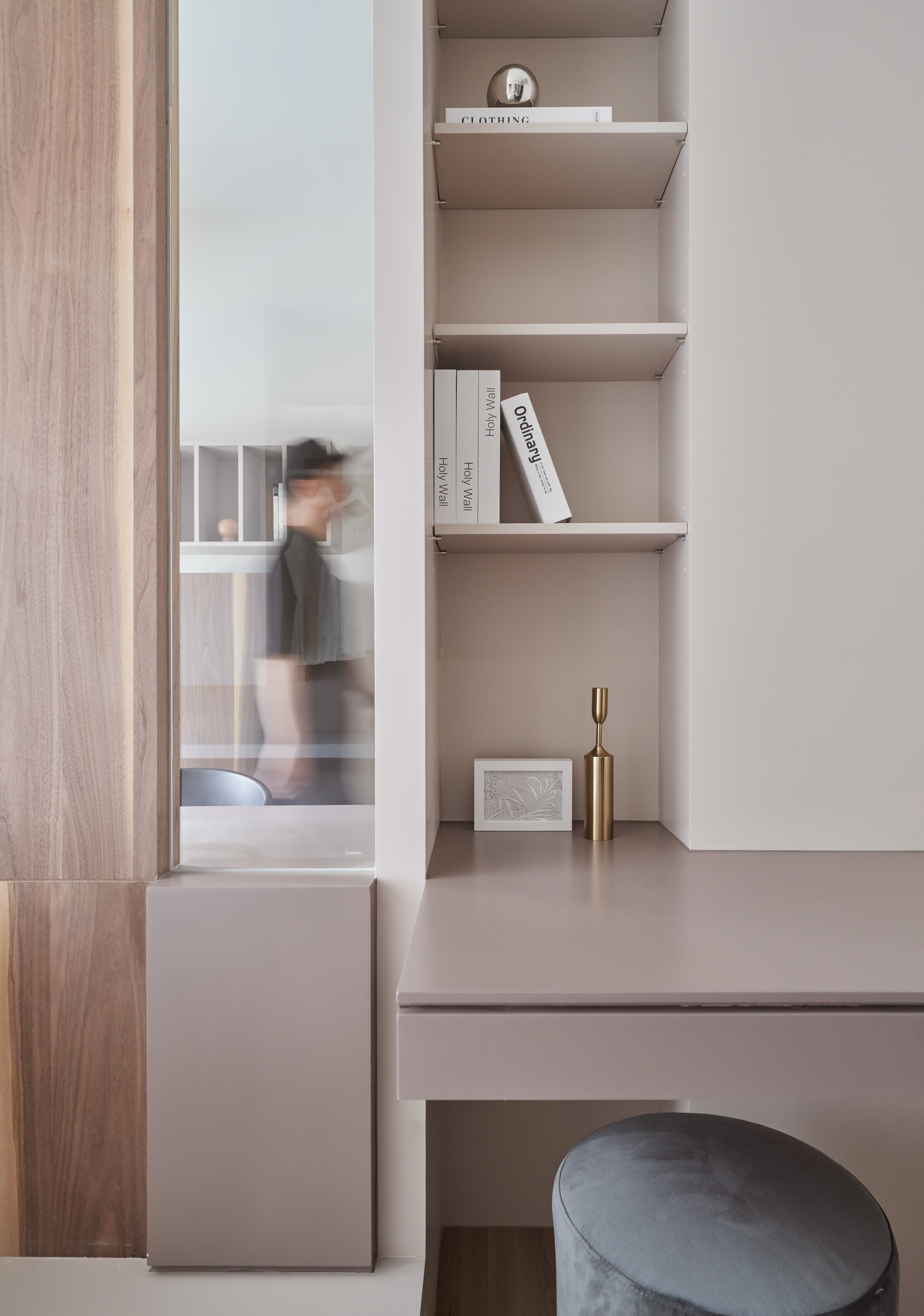
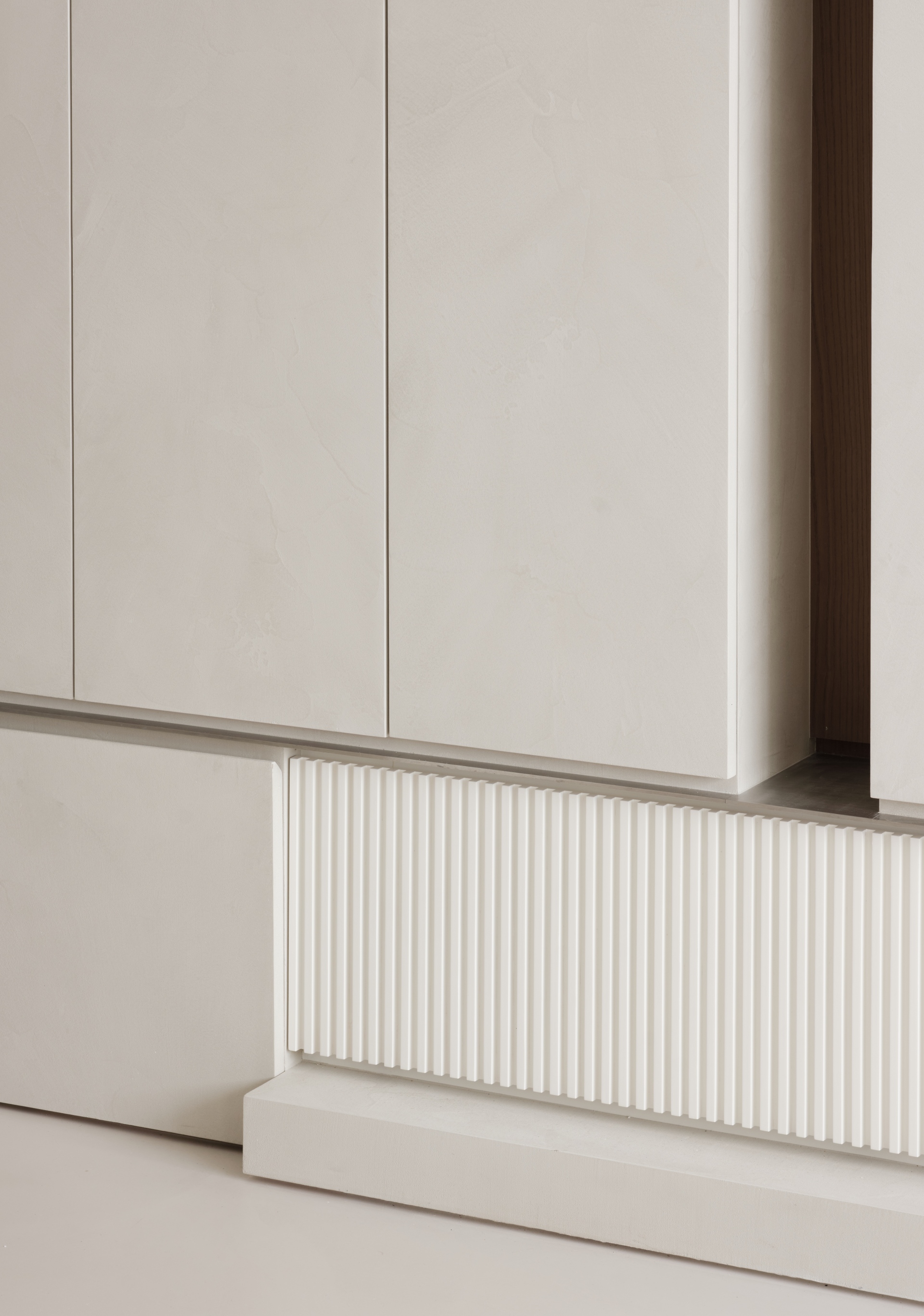
Of the many projects you've tackled, what was the most unexpected/challenging request you ever received from a client? How was this solved in the end?
The biggest challenge we encountered was Kedi Tonight Shisha Bar. The owner wanted to strengthen the uniqueness of shisha and we weren’t experienced in the design of shisha halls in the beginning. This was also not a popular concept in Taiwan so there weren’t many design references we could study from. During the design development process, we visited several shisha halls to observe the movement and behaviour of guests and employees, experienced the current feeling of shisha, the characteristics and production process and recorded these observations. The design concept produced after research, experience and digestion was the result of Kedi Tonight Shisha Bar that everyone sees now.
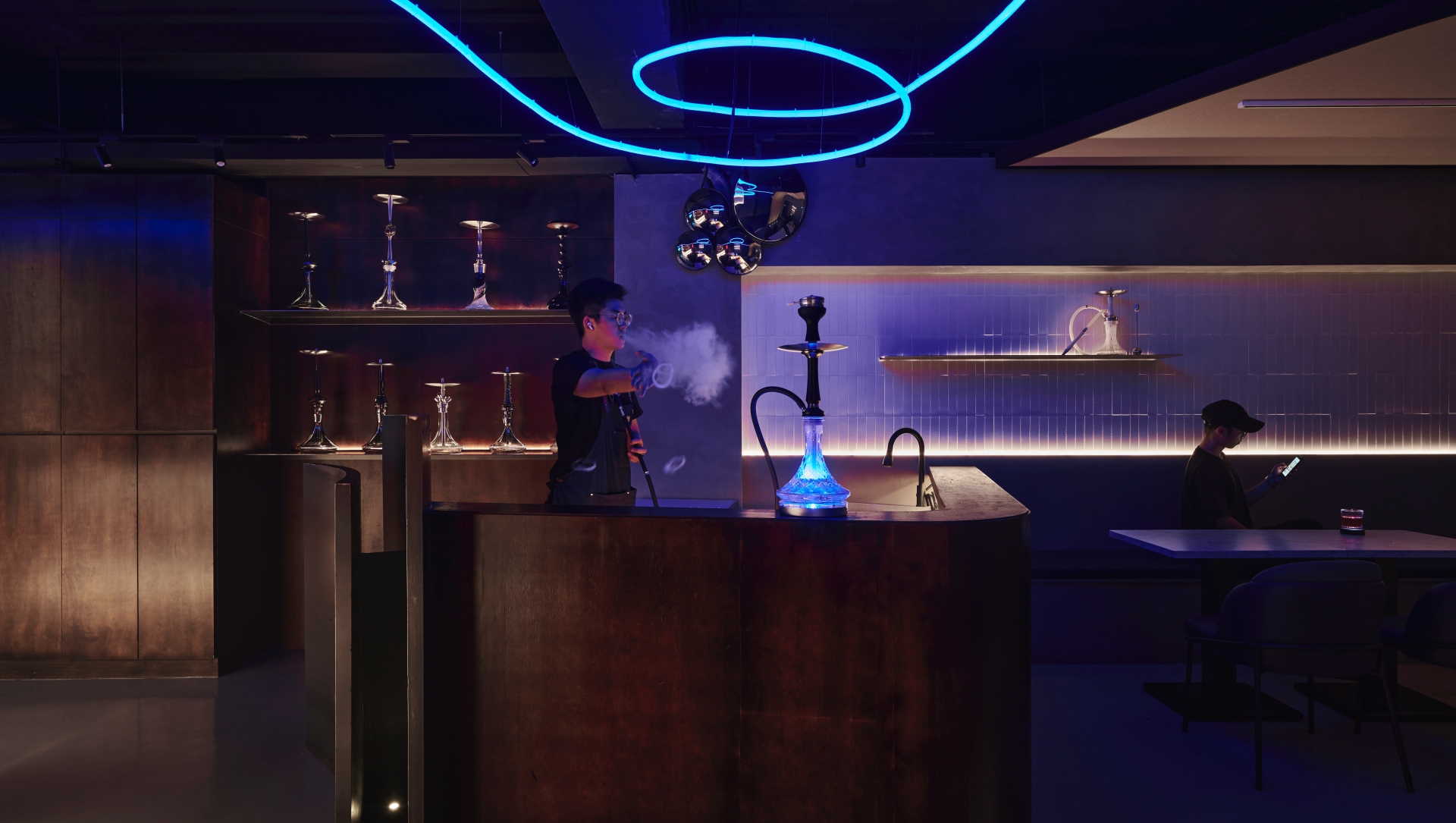
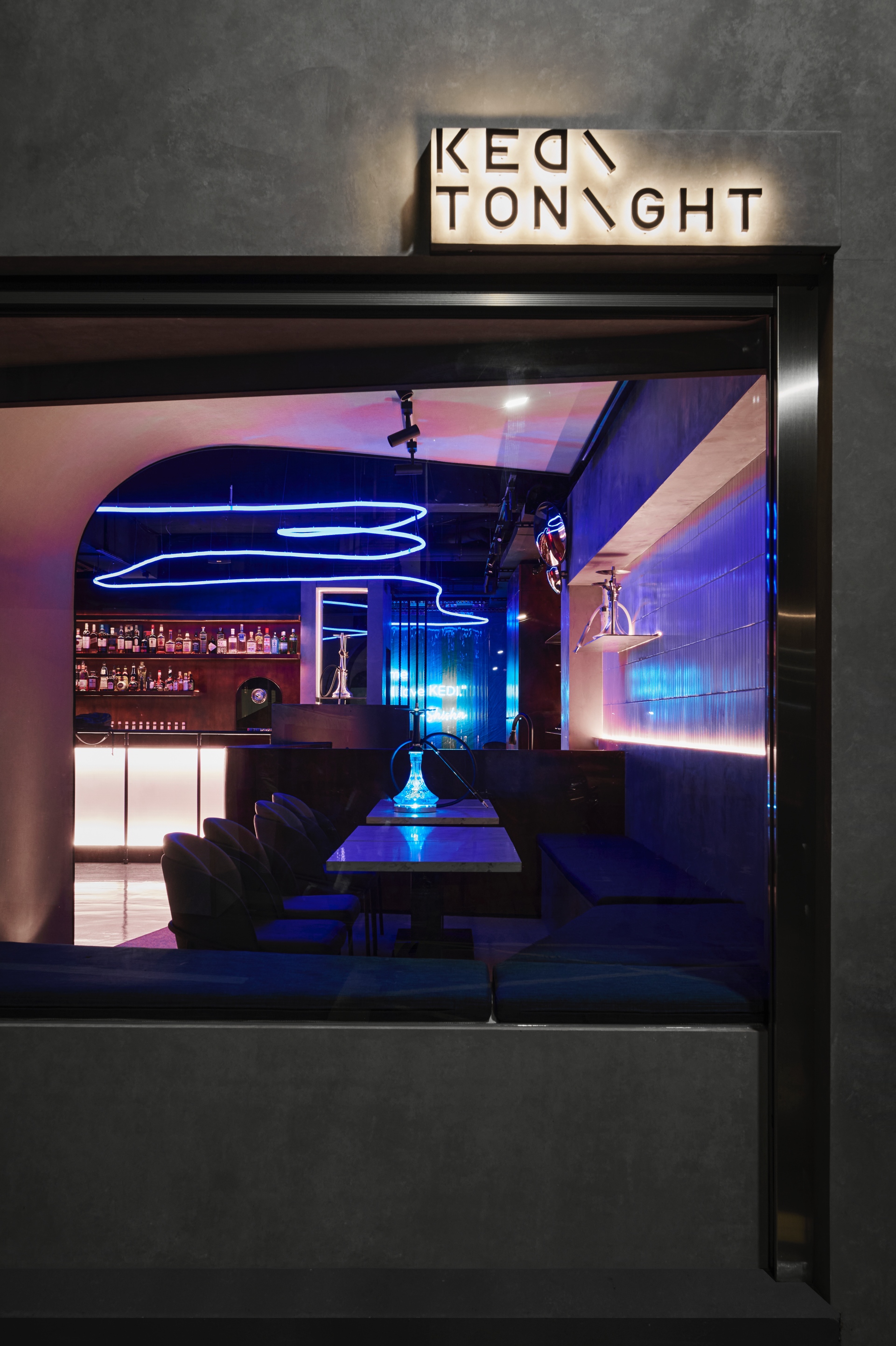
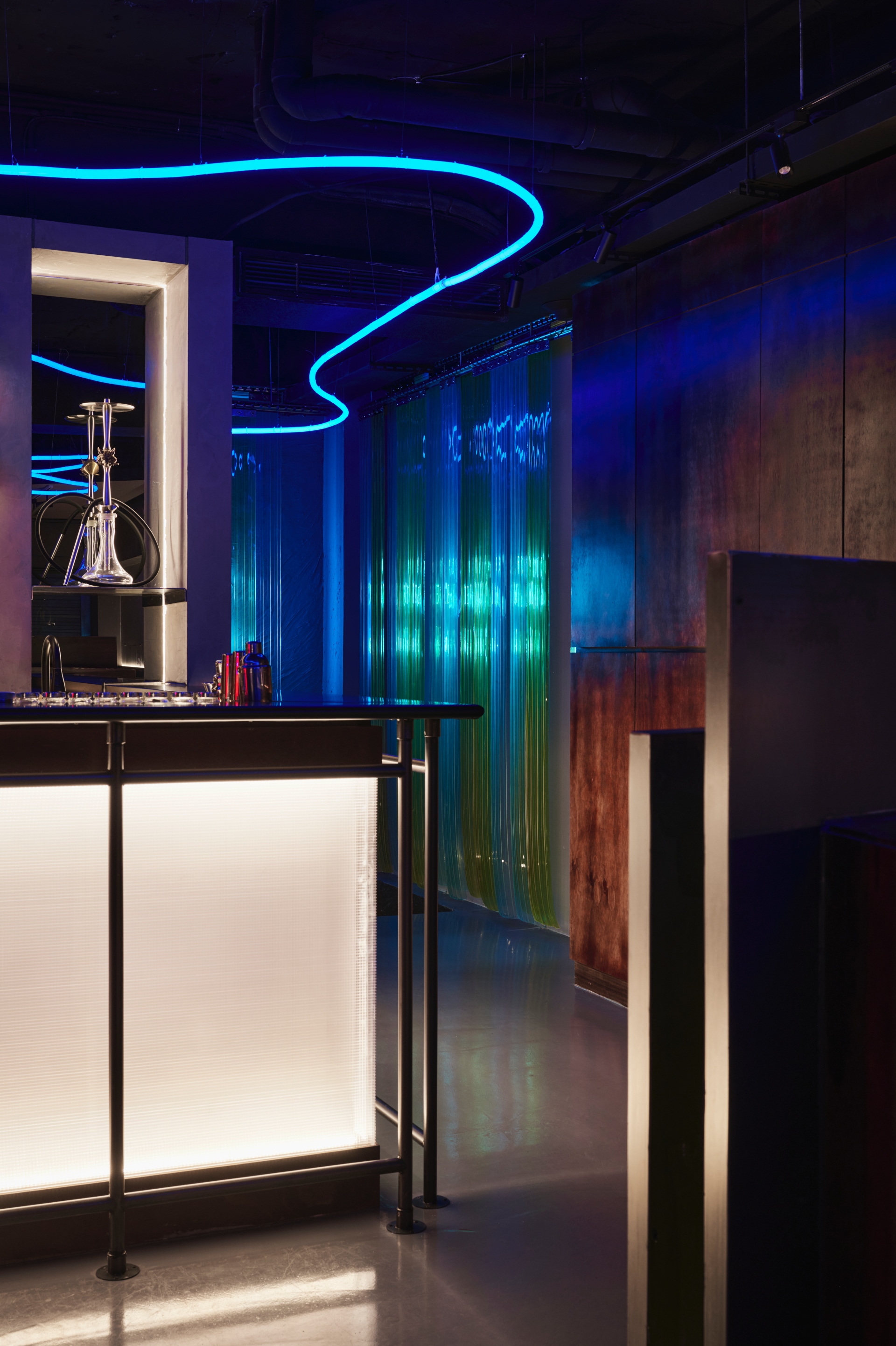
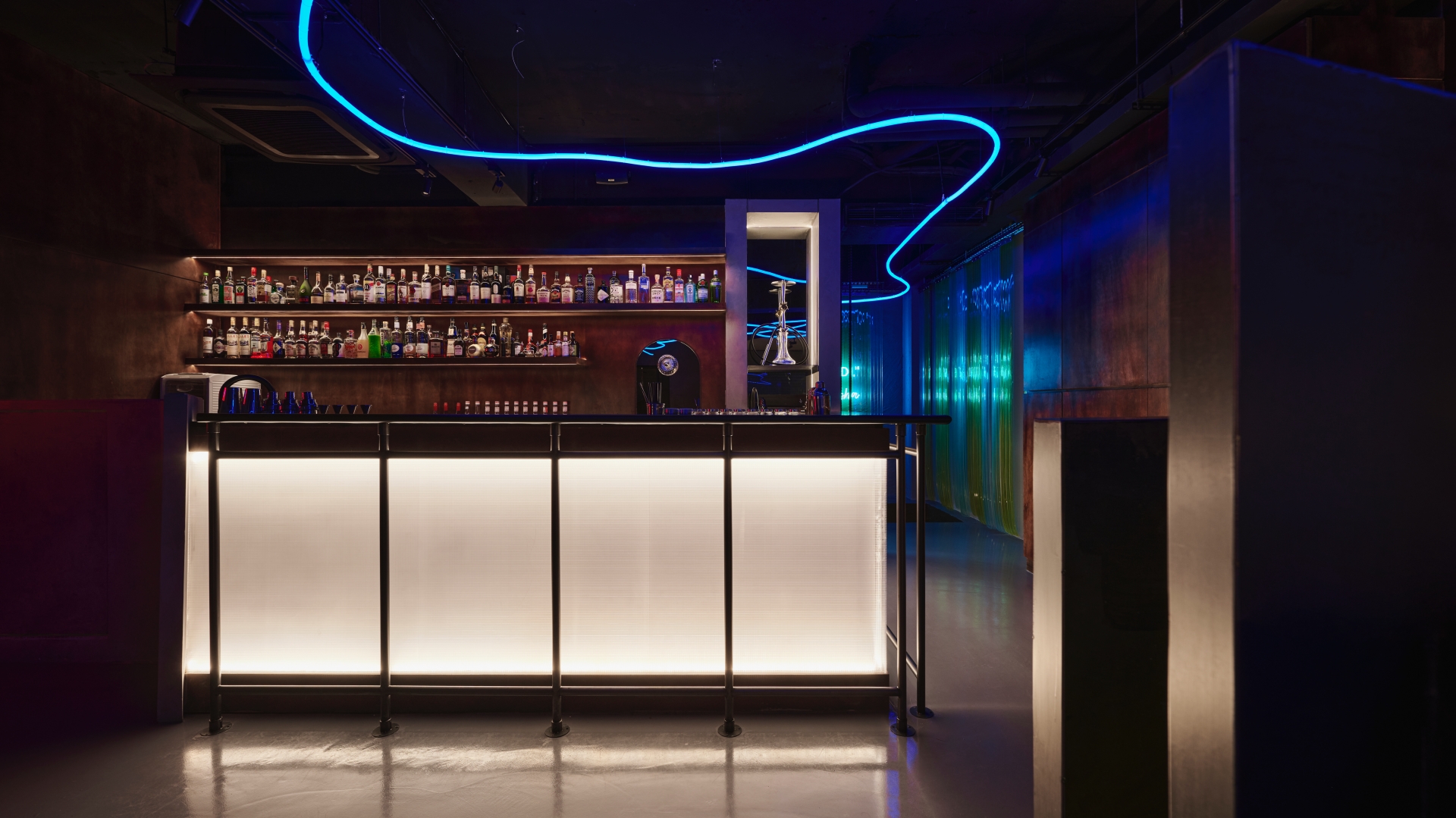
What has been the most significant change in Taiwan's interior design industry in recent years? Have the client's pursuit of aesthetics and function changed significantly?
Taiwan's interior design has been affected by the low birthrate in recent years, and construction projects have begun to develop towards the direction of micro-housing. The demand for space use is also becoming more and more simple due to fewer family members. Singular construction projects result in less changes in the house pattern, so it is more difficult to find a breakthrough point within this fixed frame. Currently, the digital world is developed so the information channels available to clients are easily accessible - they have even started to learn software and read design-related books themselves. However, for professionals, this prolific knowledge has little effect on us.
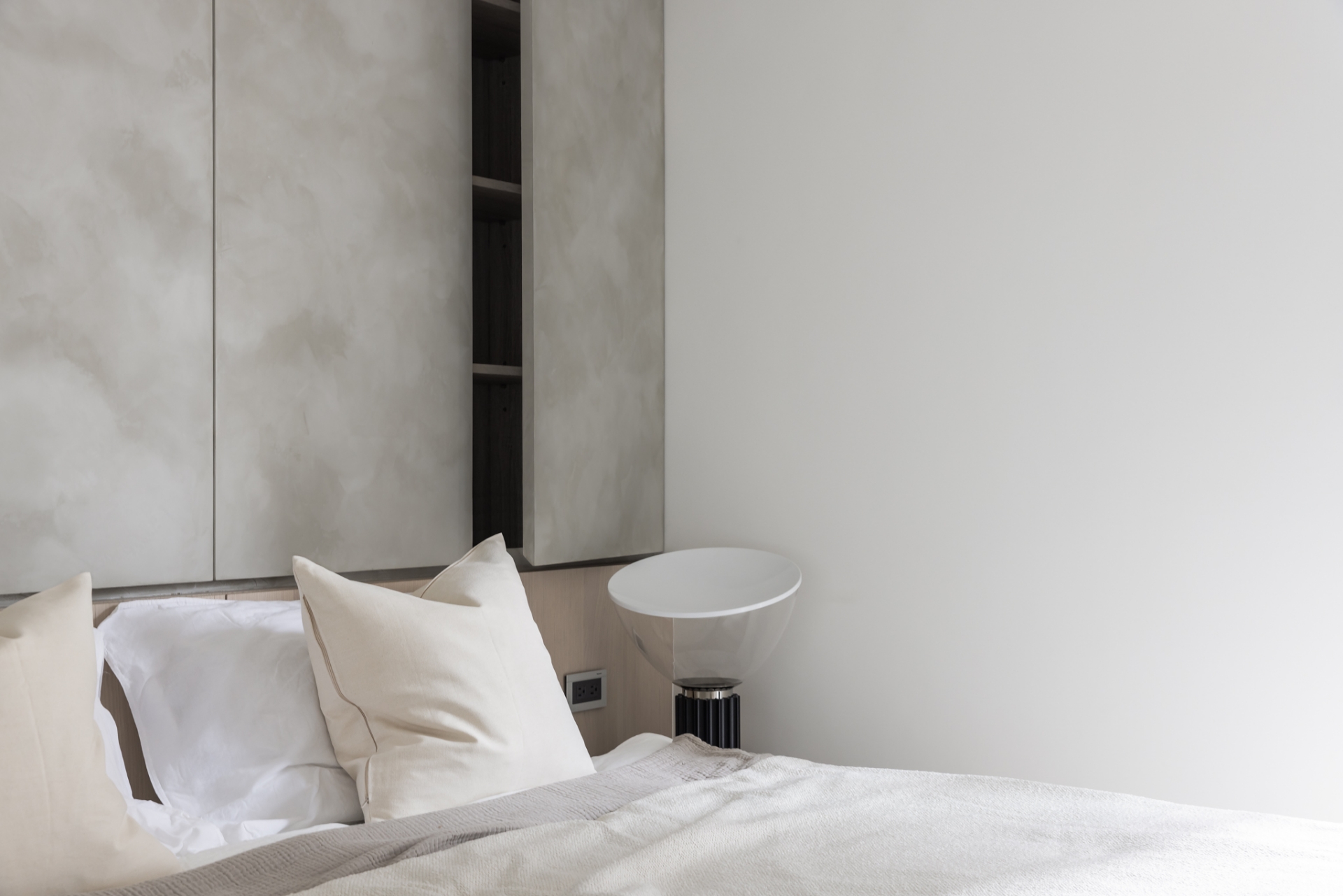
On the contrary, in terms of design communication this has become smoother, and we can quickly grasp what the clients want to achieve and even provide new breakthroughs for spaces due to the unique ideas of homeowners. In the application of spatial materials, the tastes of the owners have also changed as they begin to learn to simplify the complex, and this is considered to be developing in a good direction for the entire market.
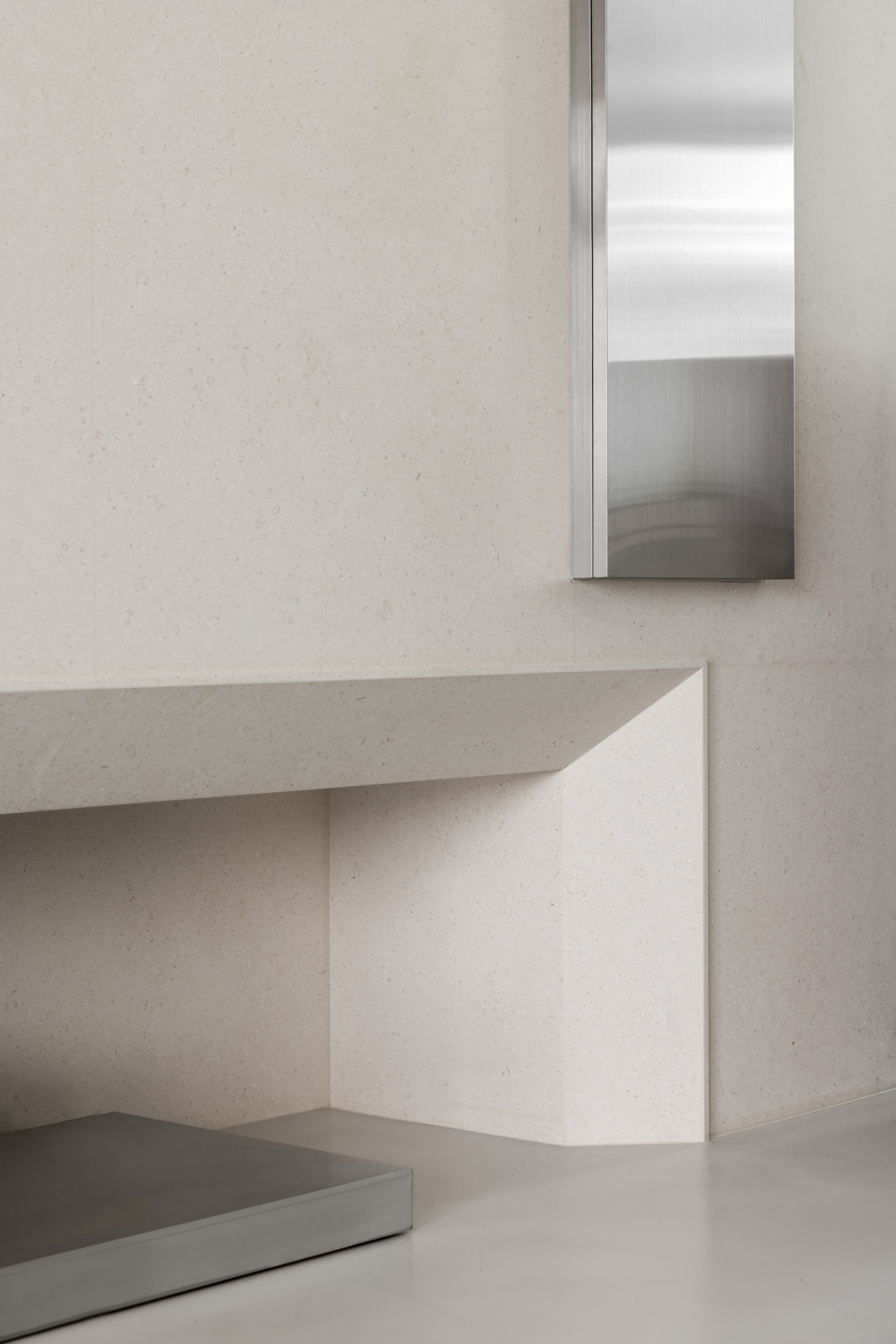
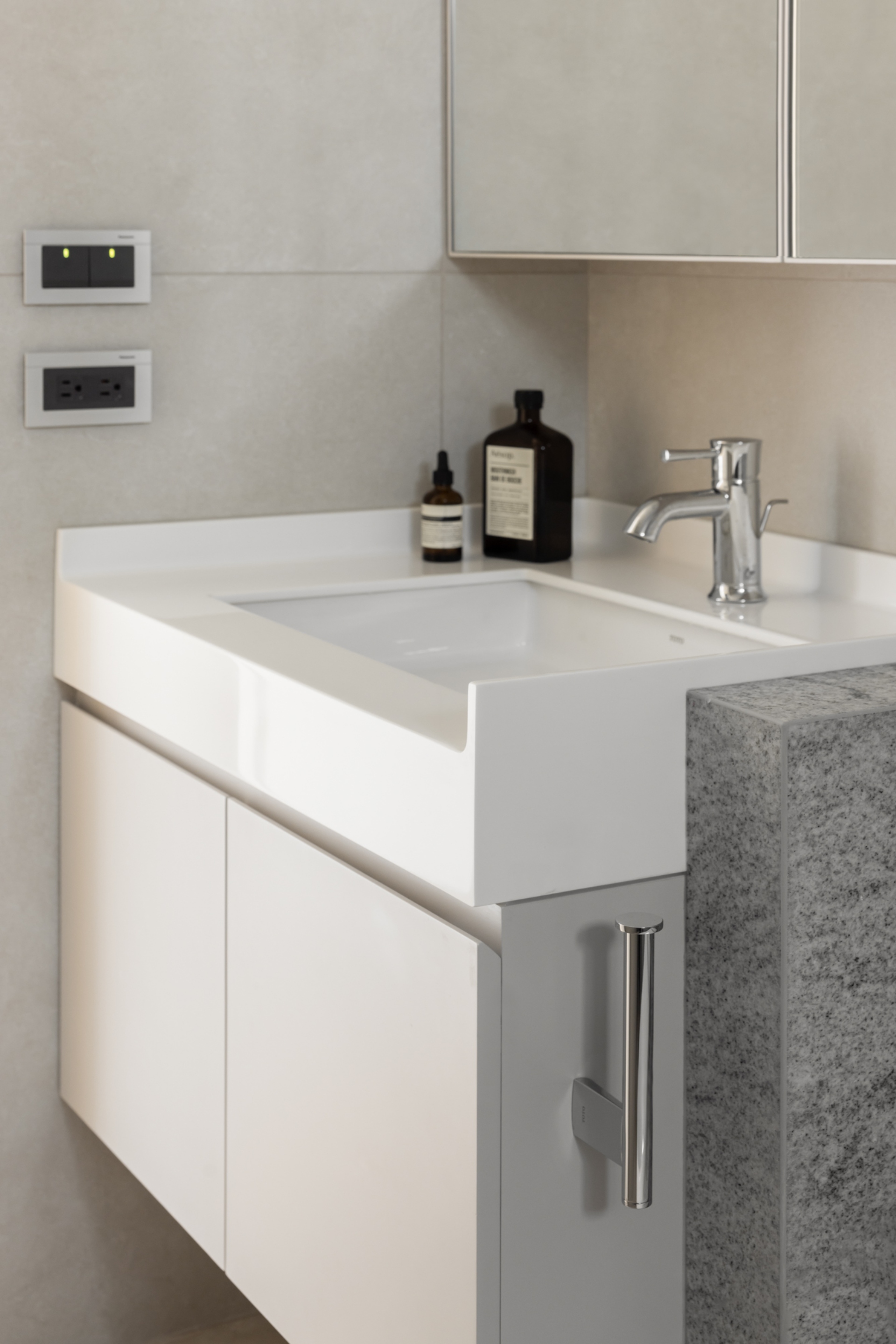
Can you recommend/share your recent recommended movies/books/exhibits?
Joanne - Jiang Miao (Artist)
Chris – A Clockward Orange (Movie)
Dong – The Minimalists: Less is Now (Movie)





